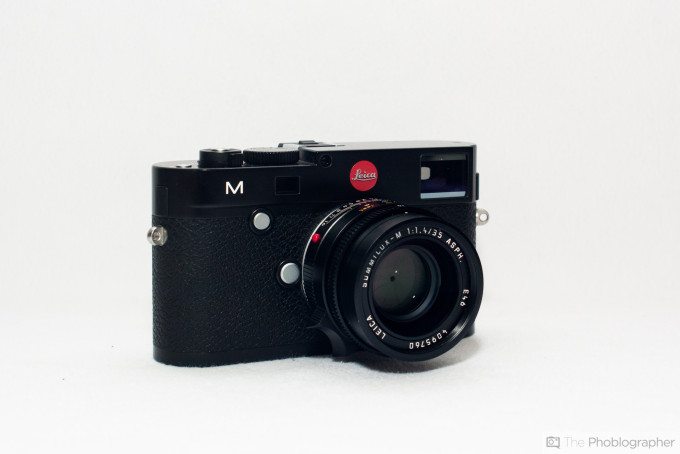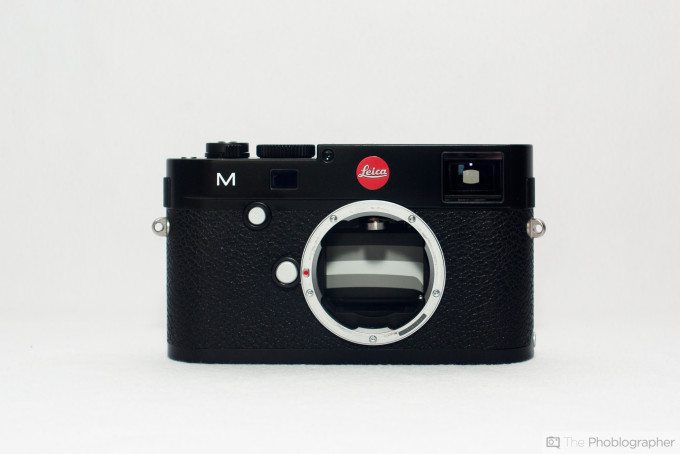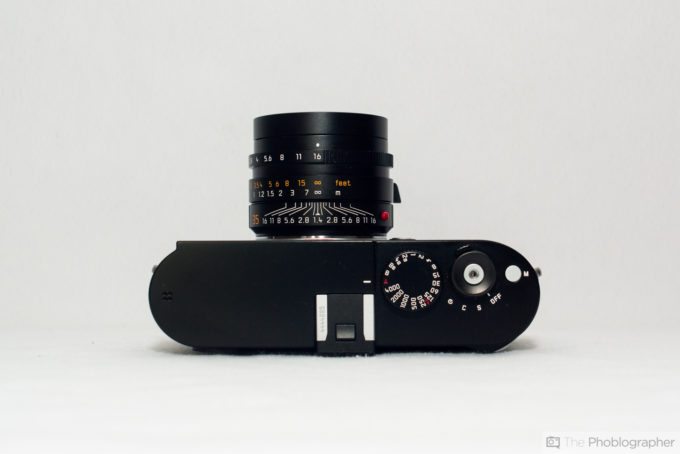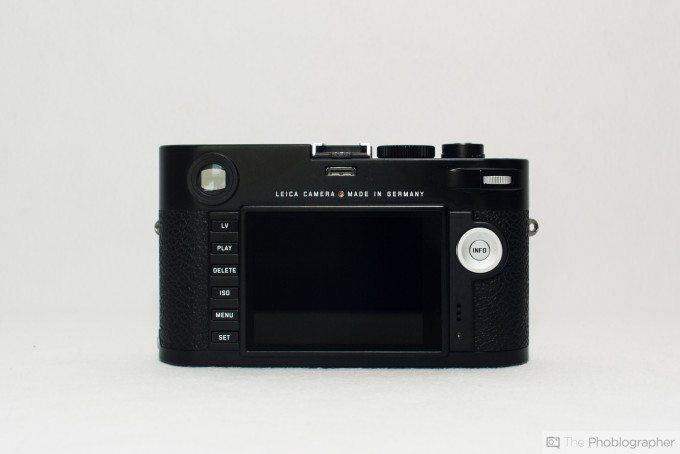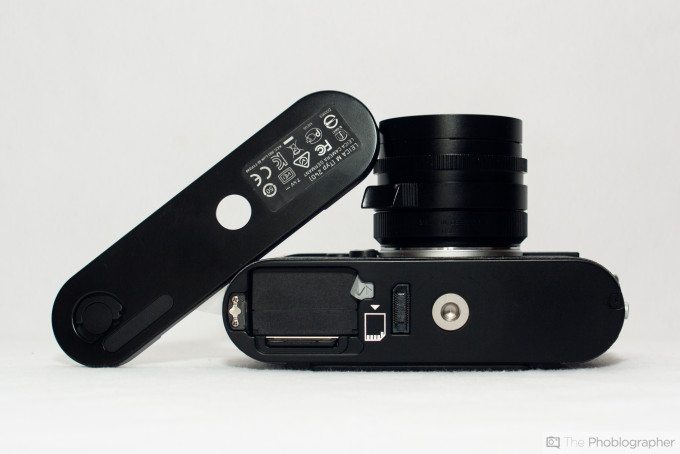When we recently wrote about our first impressions with the Leica M Typ 240, we were pretty smitten with it. So much so in fact that we were almost certain we wouldn’t have much else to say in the final review besides what we said about it in our first impressions article. So what we’ll do is to give you some extra image samples from the camera and various lenses, go a bit more into detail about the overall image quality, as well as take a look at the camera’s video functionality, which makes it stand apart from all the M-mount rangefinder cameras that came before it.
Pros and Cons
Pros
- Lack of anti-aliasing filter means pixel-level sharpness (with the right lenses)
- Beautiful image with great color, lots of dynamic range and very little noise overall
- Live-view with focus peaking and video mode are great additions to the M rangefinder
Cons
- Extremely pricey
- Due to the classic M body shape it’s not as comfortable to hold as other cameras
- The outdated electronic viewfinder doesn’t go along with the camera’s otherwise premium appearance
Gear Used
For this review, we used a black paint Leica M 240 camera with the Leica Summilux-M 35mm f1.4 ASPH. FLE lens and various recent and vintage Leica, Jupiter and Voigtländer lenses. The product pictures were taken with a Panasonic G1 Micro Four Thirds camera and a legacy K-mount 28mm lens, using a Rokinon D900AFZ flash.
Tech Specs
These are taken from B&H Photo’s product listing.
- 24MP Full Frame Leica Max CMOS Sensor
- Leica Maestro Image Processor
- 3.0″ LCD with 920,000 pixels
- Full HD 1080p Video
- Live View and Rangefinder Focusing
- ISO Sensitivity to 6400
- Fits Leica M-series Lenses
- R-series Lenses Fit M Body via R-adapter
- Durable, Splash Protected Body
- Revised Ergonomics and Controls
Ergonomics
This section is taken from our first impressions post.
At the top portion of the front, from left to right you’ll find the inconspicuously huge ‘M’ label, the rangefinder windows, the even more inconspicuously huge Leica logo, and the viewfinder window. But wait, where’s the frameline illumination window? This is the part that the M Typ 240 inherited from the M9 Titanium: LED-illuminated framelines. Hence no third window, but instead an even larger Leica logo centered above the lens mount. Oh, and … the framelines can be set to white and red color. Nice!
Top left of the Leica logo is a small window which contains a metering cell that meters the environmental light, in order for the camera to be able to guesstimate the lens aperture. This is relevant for in-camera vignetting correction as well as EXIF data. Below the ‘M’ logo and the rangefinder window is the focus aid button, which activates either magnification or peaking or both in manual focus mode. It’s in the same position where analog Ms have their rewind knob or lever, and is thus a nod to the M heritage.
In the center of the main body you’ll find the heart of the camera, the M bayonet lens mount. To the left of it the lens release button is located, and the little dark-grey patch in the bottom right of the mount is the 6-bit code reader. On the inside of the lens mount, at the very top the rangefinder cam is located. It is responsible for communicating the current focus position of the lens to the rangefinder mechanism inside the top of the camera.
At the very rear end of the lens mount, the shutter curtains are located. They are painted in different shades of grey, which reflect the incoming light down to the center-weighted meter cell in the bottom of the lens mount. Alternatively, light metering can be done in spot and multi-pattern modes via the sensor, which requires the shutter to be open. This is the case also in live-view mode.
The top of the M Typ 240 is as spartan as all Ms that came before it, with the addition of a microphone at the very left–remember, the new M is able to record video. In the center of the top plate, you’ll find the flash hot shoe, pictured here with the protective cover attached. Then to the top right of it there’s the shutter speed dial, which has an ‘A’ position for auto exposure, a ‘B’ position for bulb exposure, and then goes in from 8 seconds to 1/4000 sec. in half-stop steps.
To the right of the shutter speed dial you’ll find the shutter button, which now has only two steps as compared to the M8/M9’s three steps. Half-press it to lock the metered exposure, full-press it to shoot. Btw., the sound of the new shutter is much more muted than that of the M8 or M9, which is a welcome change. It is still very audible, but nothing compared with the older shutter, which in addition to itself doing a ‘clunk’ noise was also followed by a noticeable whirr of the cocking mechanism.
Around the shutter button is the combined on/off and drive switch, just the way it has always been on digital Ms. The switch has four positions: off, single shot, continuous shooting, self timer. Finally, to the right of the shutter button, there’s the ‘M’ button, which activates the movie mode. It is located in roughly the same spot as the frame counter on analog Ms–another nod to the M heritage.
The back of the M Typ 240 is dominated by the new 3″ screen, which looks massive on the comparably small M body. But let’s start at the top: at the left, there’s the rear end of the viewfinder window. Just as it has always been, there’s no built-in diopter compensation. Instead, screw-in diopters are available for the M. Why Leica didn’t change that while they were at breaking with their own tradition eludes us.
Next up, in the center of the top plate is the accessory port which takes either Leica’s or Olympus’s electronic viewfinder. It’s the same that can be used on most Olympus models and the Leica X Vario. At the far right of the top plate you’ll find the scroll wheel, which at the same time acts as a small thumb rest. It’s no way as good as a Thumbie or Thumbs Up, but it’s better than bare metal.
Okay, now let’s take a look what’s around that huge LCD screen (which is great, btw., and nothing like that of the M8 and M9.) Left of the screen are six direct acces buttons:
- ‘LV’ activates live-view, alas only when a coded lens is attached (which, again eludes us.)
- ‘PLAY’ activates playback mode.
- ‘DELETE’ deletes an image in playback mode.
- ‘ISO’ shows you your current ISO setting, but doesn’t let you change it via the scroll wheel, which would’ve been the intuitive thing to do. Again, this eludes us and can only be explained as Leica-specific logic.
- ‘MENU’ activates the main menu, which is pretty self-explanatory and contains all the settings that one would expect to find there.
- ‘SET’ either confirms a setting when inside the main menu, or opens a panel with quick settings when not. This is a very nice feature.
To the top right of the display you’ll find the four way controller which lets you navigate through menus and browse through images. In the center, it has an ‘INFO’ button instead of a ‘MENU’ or ‘SET’ button. We’ve seen this already in our X Vario review, and the most probable explanation is that Leica wanted to make sure that people with large fingers don’t accidentally change any settings (the cameras require you to use both hands in order to change settings.) The INFO button shows general information on the camera, lens and SD card in shooting mode, and changes the view on the display in playback mode.
Finally, to the bottom right of the screen there’s a little speaker for video playback as well as small LED that lights up under certain circumstances, for example when writing a file to the SD card or during video recording.
Finally, we’re at the bottom of the new M. Just like all Ms that came before it, the M Typ 240 has the traditional base plate that has a simple but effective locking mechanism and protects the battery, SD compartment and the electronic contacts for the accessory grip very well.
When the bottom plate is detached, you’ll find the compartment for the huge battery at the left, with the SD card slot below it. To the right of the battery compartment you’ll find the electronic contacts for the accessory grip. Finally, in the center of the camera’s bottom, there’s the standard tripod mount.
Build Quality
This section is taken from our first impressions post.
As with all Leica products, the M Typ 240 is of excellent build quality. The main body is made of magnesium alloy, with the top and bottom plates made of solid brass. This adds not only a feel of weight and heft to the camera, but also makes it very durable. The rear screen is also well protected, covered with a plate of Gorilla glass. All the buttons require precisely the right amount of pressure, and the little thumb wheel on the back of the camera feels like it won’t fail even after being turned a million times.
Where users should be cautious though is the area beyond the lens mount. Here we find the rangefinder cam which can easily be damaged when too much pressure is applied, as well as the delicate shutter curtains behind which the previous sensor is located. So caution should be applied when attaching a lens to or removing a lens from the M (or any rangefinder camera in general.)
Focusing
This section is taken from our first impressions post.
As a first in the history of rangefinder cameras, the M Typ 240 supports both rangefinder as well as live-view focusing, thanks to its newly developed 24 megapixel CMOS sensor. For rangefinder newbies, focusing through the optical viewfinder may require a bit of training, but once you’re familiar with how a rangefinder works, it’s quick and easy to achieve spot-on focus–provided both your rangefinder mechanism and your lens are properly calibrated.
When using live-view via the rear screen or the optional electronic viewfinder, the M user can choose between two levels of magnification as well as additional focus peaking, which helps tremendously when shooting at wide apertures. They way focus peaking is implemented is that you push the button top right of the lens mount, and the display will instantly switch to magnified mode in which the contrast edges around focused objects are highlighted in red–pretty much the same way it works in most cameras that offer this functionality.
Ease of Use
This section is taken from our first impressions post.
The M Typ 240 is a very user-friendly camera overall. Since the lenses for both the M- and the R-system are all manual, the camera works in aperture priority all the time. However, thanks to the shutter speed dial on top of the camera, the user can switch to manual mode with a twist of the dial. Shutter speed is also indicated in the viewfinder, which also gives basic feedback about over- and underexposure.
Thanks to its CMOS sensor and live-view capabilities, the M typ 240 adds spot and multi-pattern metering via the sensor to the classic center-weighted metering via the shutter blades. This makes it much easier to achieve correct exposure under certain conditions. For the beginner multi-pattern metering might be the safest way to go, since it takes a little getting used to Leica’s classical center-weighted metering, which is easily fooled by bright or dark areas.
The menus of the M Typ 240 are pretty self-explanatory, and contain all the settings that we expect to find in a modern digital camera. The only gripe we have with the camera is that there’s no way to preview the effects of a given aperture + shutter speed + ISO speed combination on video footage before actually hitting the video recording button. So in order to check how the settings will work, the user needs to record at least 1 second of sample footage and then tweak the settings if necessary.
Metering
As mentioned above, the M 240–unlike all previoius M cameras–adds spot metering and multi-pattern metering on top of the classic center-weighted metering. In order to be able to use the extra metering modes, the shutter must be opened, so the sensor is exposed to light. This means that when taking a picture, the shutter first closes, then opens again for the exposure, closes again and finally opens again to meter for the next frame. That adds quite a bit to the overall shutter sound, as well as a slightly longer lag before the actual exposure is taken.
During our testing time with the M 240, all three metering modes seemed accurate and reliable. The mutli-pattern metering might be your best bet if you want an overall balanced exposure, while the spot metering is to preferred when exact metering is critical. The classic center-weighted meterin can be easily fooled and needs some getting used to. Those familiar with the metering of the M8 and M9 will feel right at home with the M 240’s metering.
Image Quality
This following paragraphs are partially taken from our first impressions post.
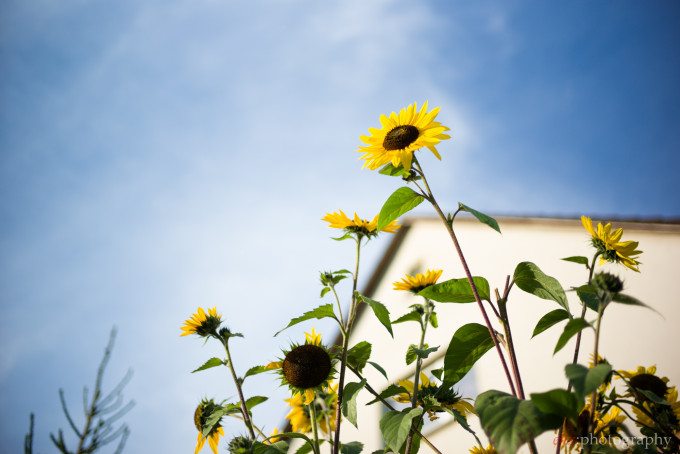
When it comes to image quality, the M typ 240 is right up there with the best full-frame cameras currently available on the market. Images are perfectly usable up to the highest ISO settings and require little to no noise reduction during post processing. Dynamic range is vast, and when choosing uncompressed DNG as the file format, there is so much detail and information that you can do almost anything to the M’s pictures without them even getting close to falling apart.
Since there’s no lowpass (anti-aliasing) filter on the sensor, there’s sharpness in every single pixel, provided the lens attached delivers enough resolution to begin with. When using Leica or Zeiss glass, that shouldn’t be a problem, though. As has been noted in many reviews before, the auto white balance tends to generate very warm colors. This has allegedly been solved with the latest firmware update, which we didn’t have the time to check out, though.

In the 100% crop above, pixel peepers are able to observe the fine detail that the M 240’s sensor is able to resolve when paired with a good lens such as the Summilux-M 35mm f1.4.
Color rendition is another strength of the M 240. We found it to be very natural overall, with a slight tendency towards the warm side, as mentioned above. However, this is nothing that can’t be fixed during post processing. The overall tonality is amazing, as can be seen in the rose petals in the image below.
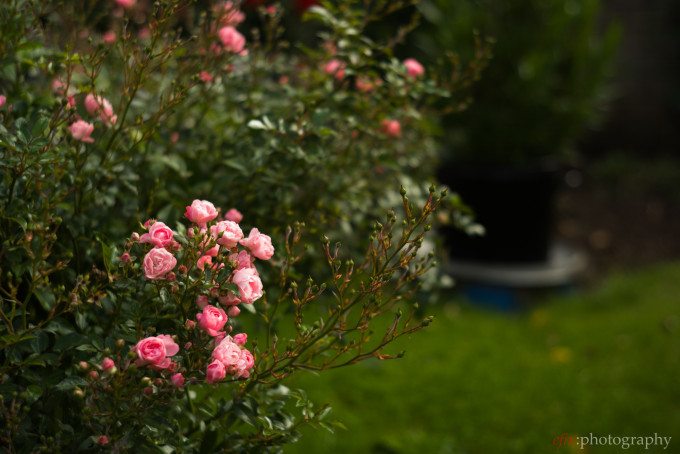
When the M8 first hit the market, one of its main problems was the high infrared sensitivity of the sensor, which would turn black frabrics into purple, and the greens of vegetation into a mushy-looking orange. This was mostly solved when the M9 came out, though it still retained some slight infrared sensitivity. The same goes for the M 240, which became apparent when we used it with a lens equipped with a UV/IR filter (which you need for the M8). In essence, this means that skin tones, especially in sunlight, can end up slightly on the reddish side, and might need some correction in post processing.


Overall, though, we do not recommend the use of a UV/IR filter, as the slight infrared sensitivity of the sensor actually adds to the way that colors are reproduced, which we find overall very pleasing. Also, putting a filter on the lens might deteriorate overall image quality under certain circumstances, especially when it isn’t of the highest quality.
High ISO Images
The high ISO department is where the M 240 really has a huge advantage over the previous digital M cameras. The files are perfectly usable up to ISO 6,400, without the overall detail and color rendition falling apart. It seems, thus, that Leica has made the right decision with choosing CMOSIS to develop the sensor for the M 240.
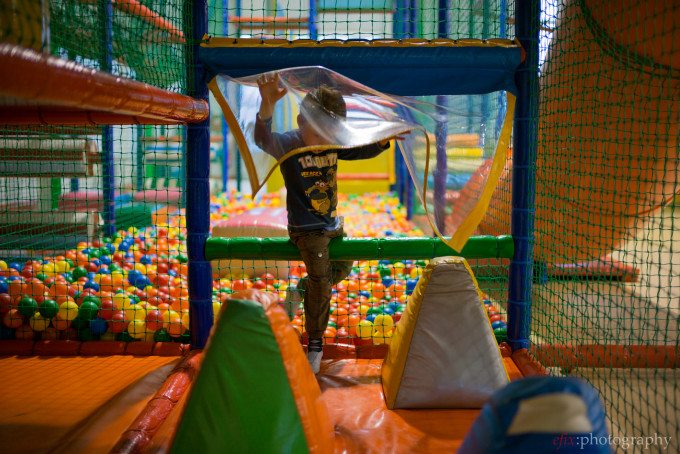
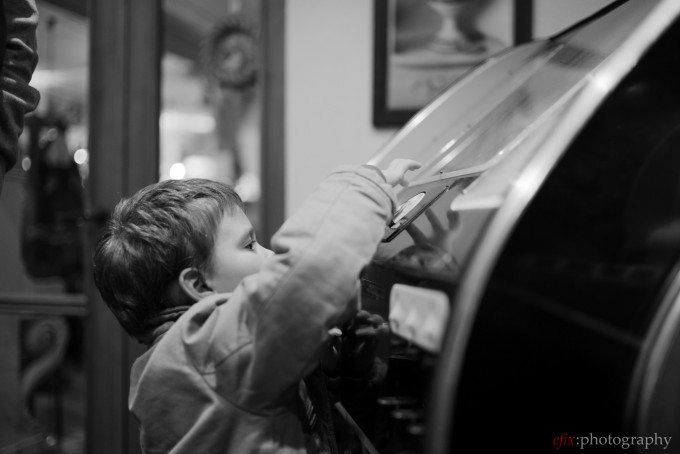
Since we didn’t really have to use the highest possible ISO settings during our test of the M 240–thanks to the wonderful 35mm Summilux lens, we decided to include an ISO series to give you an impression of just how well the M 240’s sensor does when you boost its sensitivities. All of the images below were taken at f5.6, an the only processing we did was adjusting the white balance and cropping them to 2000 pixels. No sharpening or noise reduction were added. Click each image for a full size version.
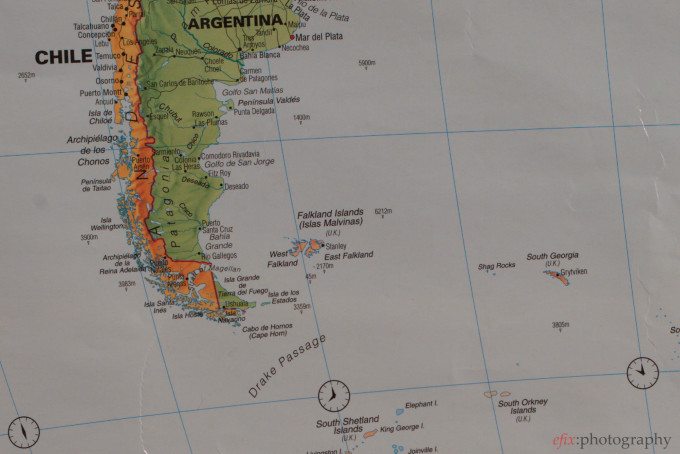
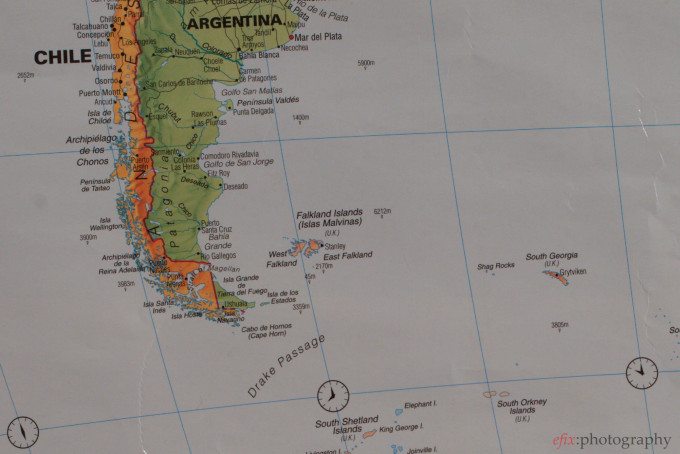
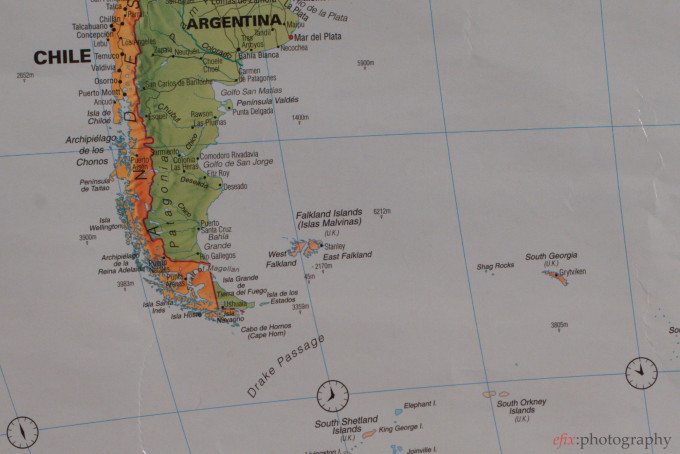
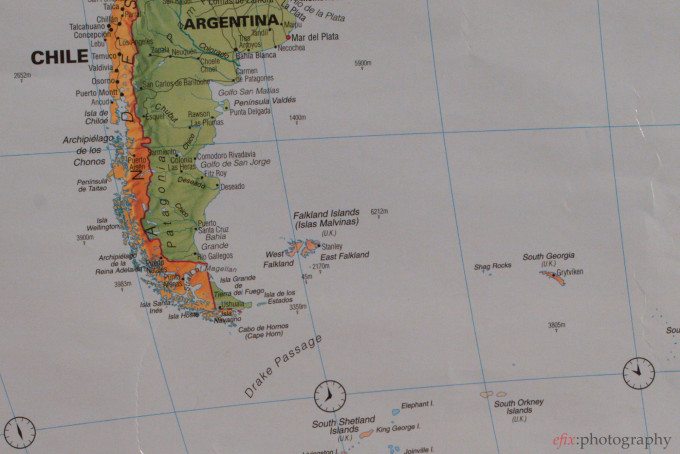
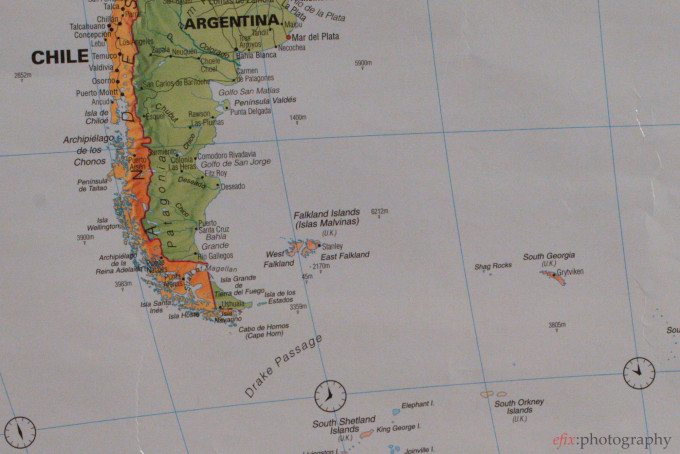
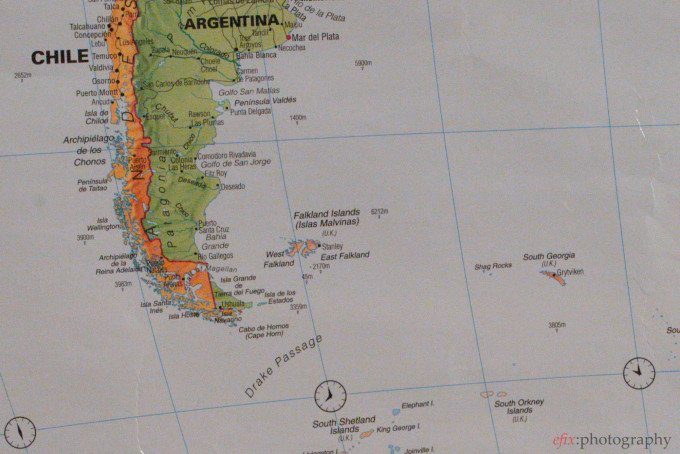
As you can observe from this series, fine detail holds up very well up to ISO 6400, as does the color rendition. Luminance noise is also very low even at the highest ISO setting, with chroma noise becoming an issue only from ISO 3200 onwards. However, with a little noise reduction, this is still manageable and quite easy to get rid of.
Raw File Versatility
Thanks to its great dynamic range and overall very low noise, the M 240 is ideally suited for both landscape and low light photography. Landscape photographers will appreciate both the dynamic range that helps them preserve highlights and retail a lot of detail in the shadows at the same time, while fans of available light photography will make frequent use of the higher ISO settings and still find great post processing latitude in the raw files.
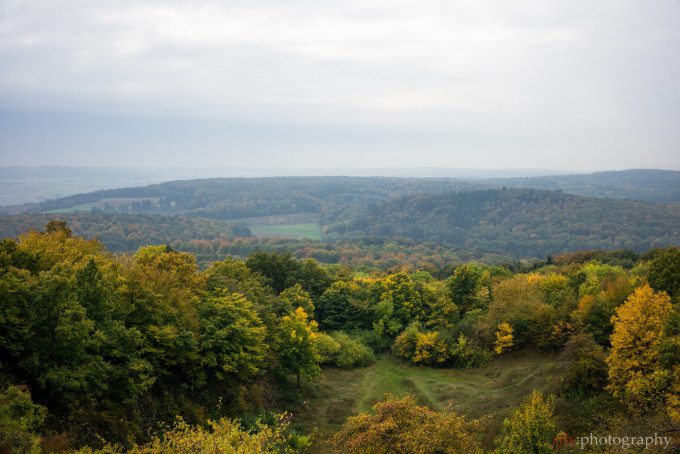
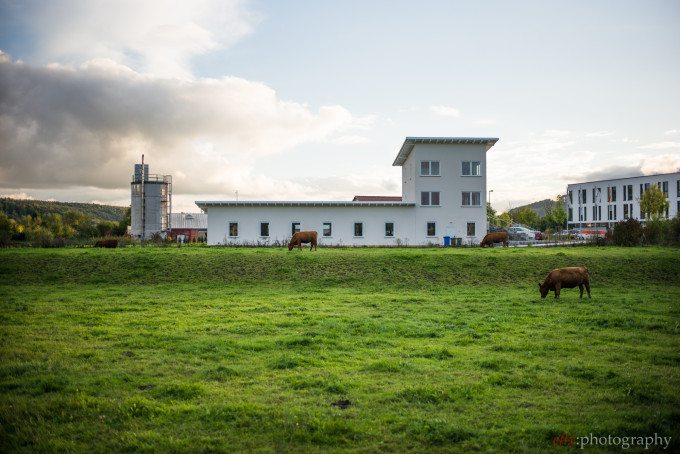
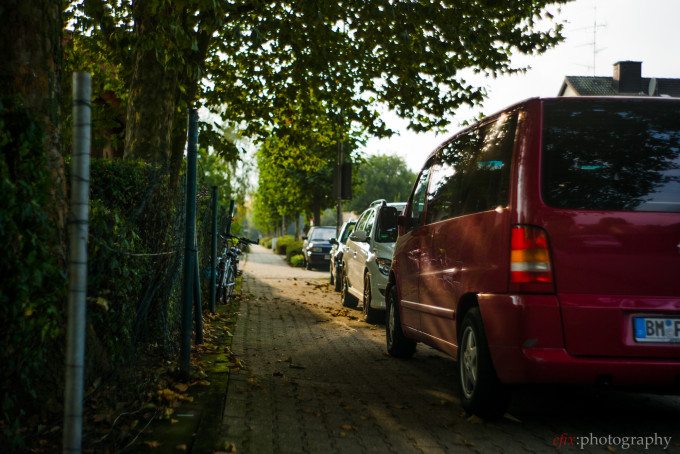
Video Quality
The Leica M Typ 240 is the first digital M-mount rangefinder camera to support Full-HD video recording. As shown in the ergonomics section above, the video mode is activated by the ‘M’ button on the top right of the camera. Pressing it will start video recording immediately, which means that focus, aperture, ISO, shutter speed as well as video size and framerate need to be selected and checked beforehand. Unfortunately, the M 240 doesn’t offer a lot of video recording options, which is not a problem for the occasional user, but makes it highly unlikely that professionals will choose the camera purely for its video capabilities.
Additional Image Samples



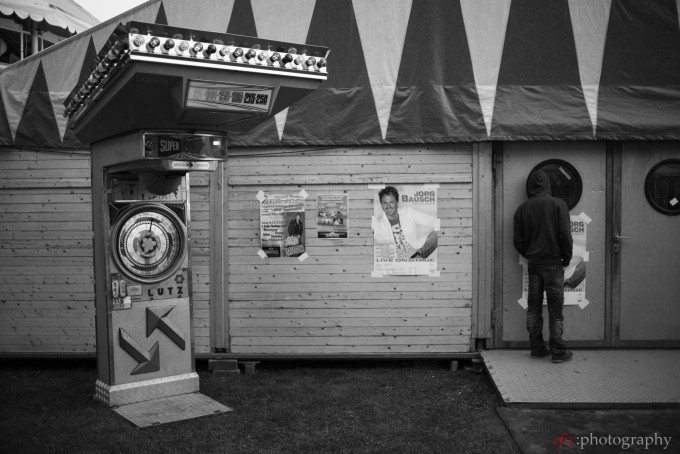

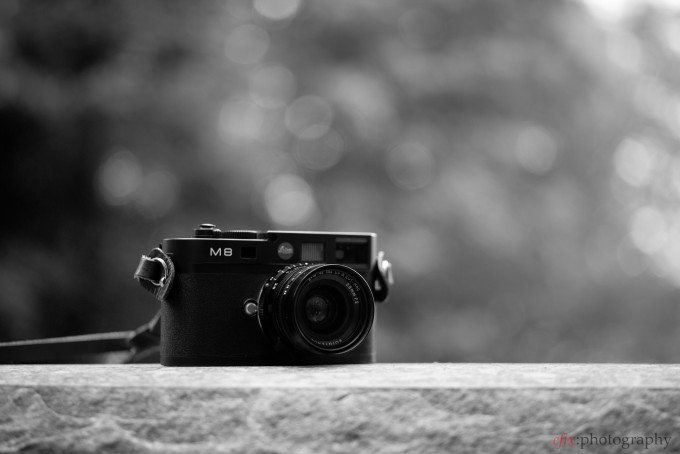

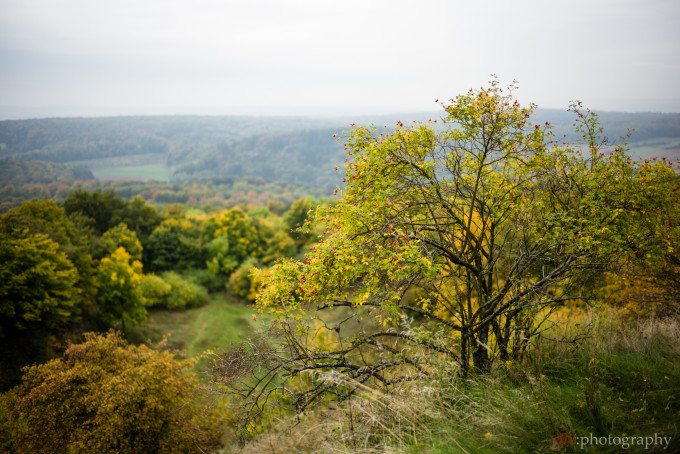
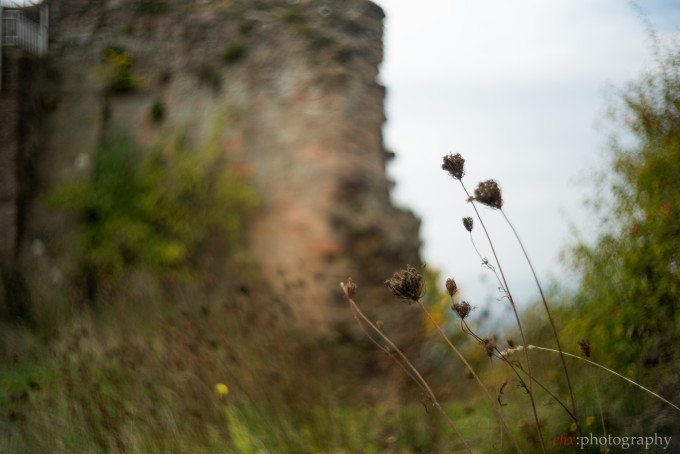
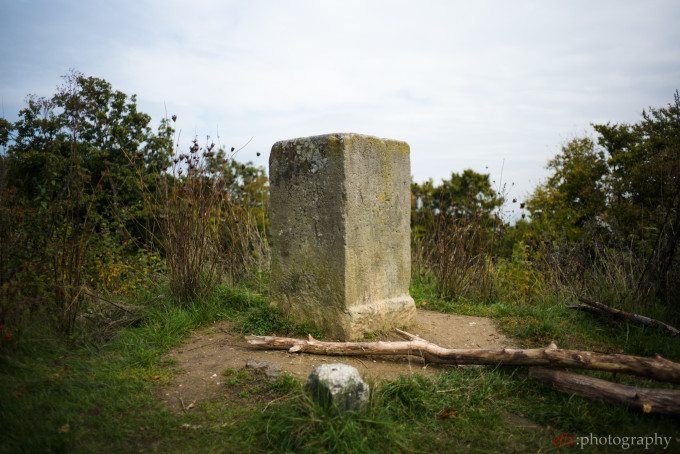

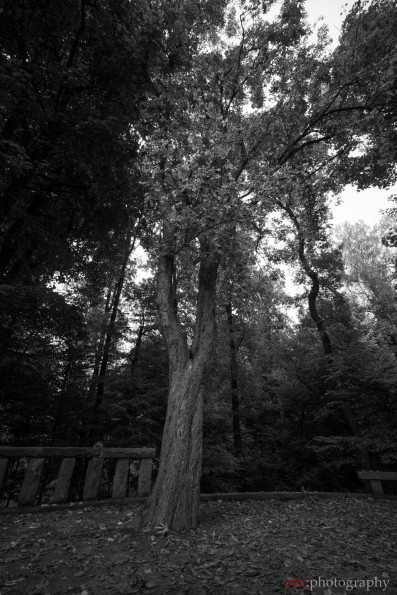
Conclusions
In our first impressions post on the M 240, we stated that we might not have a lot to add to our preliminary conclusions on the camera. We found it to be an exceptional piece of gear at that time, and we still feel the same way. Since we don’t really have much else to say, we’ll just repeat what we said in our first impressions post below. The only comment to add, maybe, is that we’d wish for a higher-resolution EVF, with better contrast and refresh rate. But that’s really it.
From our first impressions:
The Leica M Typ 240 breaks with tradition in several aspects. First of all, it is the first M-series Leica to ever offer a video mode. Secondly, thanks to its CMOS sensor, it supports live view and manual focusing with focus peaking, in addition to its inherited rangefinder focusing. And finally, it no longer sports a frame line illumination window, but rather opts for LED illuminated frame lines that come in two selectable colors.
All this might seem like blasphemy to the die-hard conservative Leica believer, but in fact it is the consequent modernization of a system that has a legacy which dates back to the middle of the previous century. The dedicated CMOS sensor makes as good use of Leica’s M-mount lenses as is currently possible, and delivers stunning images with lots of fine detail, superb clarity and amazing colors. In fact, the images have an almost film-like look to it thanks to the great dynamic range of the sensor.
Without the shadow of a doubt one can say that the M Typ 240 is the pinnacle of Leica’s rangefinder camera evolution, and most certainly one of the best digital cameras currently around. Granted, it’s way out of the financial range for most of us. But for those who are committed to the system and are ready to shell out the big $$$ for it, it will deliver the ultimate M-mount rangefinder experience.
Please Support The Phoblographer
We love to bring you guys the latest and greatest news and gear related stuff. However, we can’t keep doing that unless we have your continued support. If you would like to purchase any of the items mentioned, please do so by clicking our links first and then purchasing the items as we then get a small portion of the sale to help run the website.


